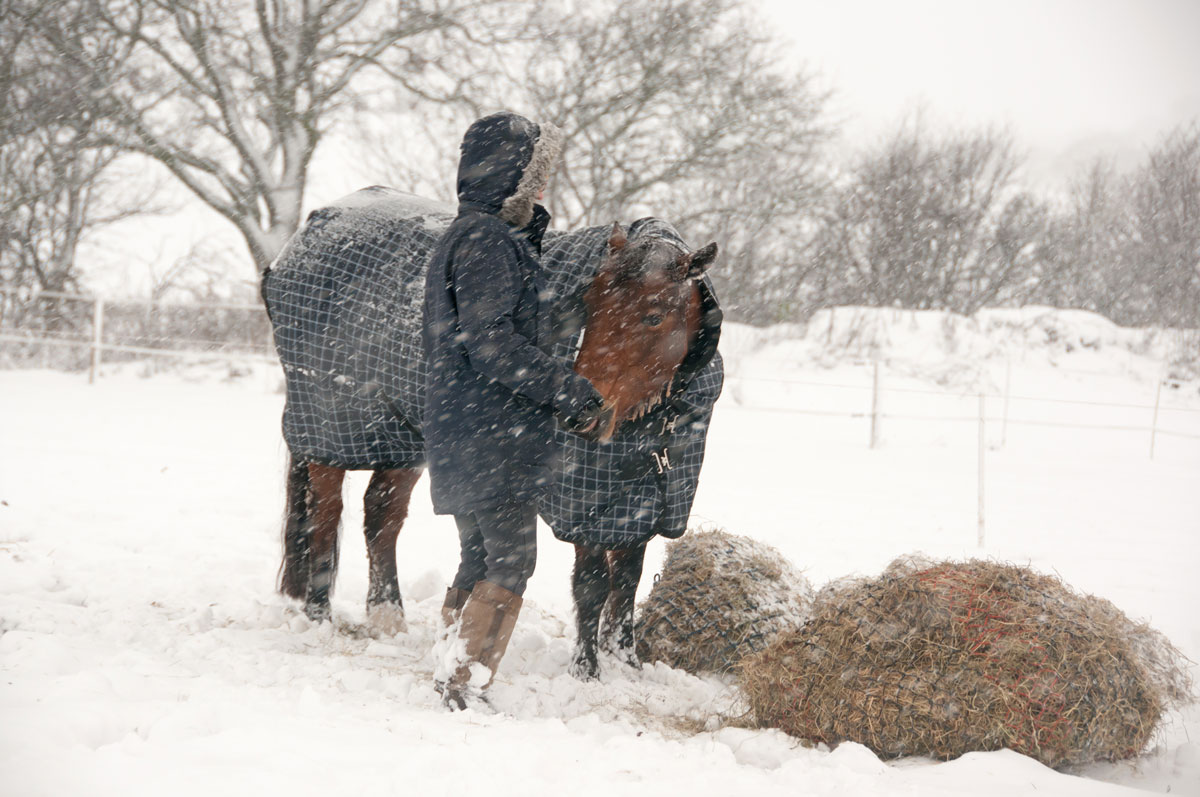
Horses derive the bulk of their nutrition through fermentative digestion of plant matter in the hindgut—which is comprised of the cecum and large intestine. Equids evolved to process large amounts of fiber to meet energy and micronutrient needs. As a general rule, a horse should receive at least 60% of its daily diet in the form of forage, such as hay and/or pasture.
Forage is available in the form of pasture grass, hay, or silage. All are high-fiber components of an equine diet. Hay selection varies as to species, maturity, color, smell and touch. Mature grass contains greater amounts of fiber that helps it stand up in the field—that fiber is less digestible.
Forage doesn’t just serve as an energy source. Much like the role of prebiotics, it provides a substrate for establishment of beneficial intestinal bacteria. It also supports intestinal epithelial tissue to ensure tight junctions between cells via short-chain fatty acids like butyrate—this compartmentalizes substances and pathogens within the intestinal tract. In addition, fiber binds to pathogens to minimize colonization in the gut while also interacting directly or indirectly with immune cells.
Legumes (alfalfa) have the highest proportion of digestible energy (DE) followed by cool-season grasses (bluegrass, rye grass, fescue), then warm-season grasses (Bermuda grass and other southern grasses). Digestible energy of forage can be increased by adding legumes, decreasing grass maturity, or by increasing foraging time and/or the amount fed. In general, horses are able to consume 1-1/2 to 2-1/2 % of their body weight per day in forage.
Non-structural carbohydrates (NSC) in forage should be <12%, and even better if <10% for horses with polysaccharide storage myopathy (PSSM) or insulin dysfunction.
Horses do best on fine-stemmed, soft, leafy, green hay. Early baling before blooms or seeds develop provides better nutrition. Smell hay for any signs of mold, and open up some flakes to check for dust, debris, insects or weeds.
Also keep in mind that when the hindgut is fermenting hay that a side effect is heat, so hay also helps keep horses warmer in winter.
You also should develop feeding systems that minimize wastage and sand or dirt ingestion so a horse can get the full benefit of its forage provisions.


